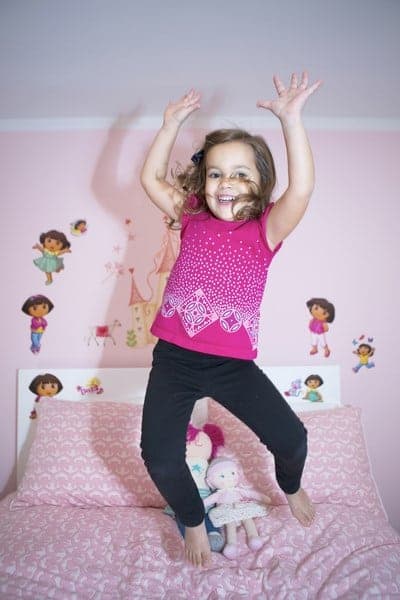A-Z OF CHILDREN’S PORTRAIT PHOTOGRAPHY (A-G)
July 22, 2015
 What if there was one place where you could learn everything you need to know about children’s portrait photography? You’ve certainly come to the right place – in this article we’ll get you started down the road to amazing photography of your kids, alphabet style.
What if there was one place where you could learn everything you need to know about children’s portrait photography? You’ve certainly come to the right place – in this article we’ll get you started down the road to amazing photography of your kids, alphabet style.
Tip: Don’t forget to click on the links where they appear to learn more!
Aperture
This is the hole in your lens, which can be adjusted larger or smaller. Aperture controls depth of field and is vital for great portrait images.
Backlighting
Just like it sounds, backlighting is when the light source is behind your subject. This can be tricky as it may cause underexposure, meaning you may have to manually adjust for a brighter photo.
Clothes
Babies look great with clothes or without, for older kids you may want to put some thought into their wardrobe before you start taking their portrait. Here are some tips for choosing the best clothes for kid’s portraits.
Depth of Field
As mentioned above, your camera’s aperture controls the depth of field (the amount of the image in focus from front to back). A shallow depth of field gives you a sharp portrait of your child with a fuzzy background. This is indicated by a larger f-stop number, such as f/4.
Exposure
An indication of the amount of light that will be captured by the camera’s sensor. Too much light causes overexposure, too little causes underexposure. You can manually adjust the exposure (in certain mods, such as Av, Tv, or M) by using exposure compensation.
Focus
A focused portrait means that at least one part (the focal point) is perfectly sharp. This requires choosing a focal point (such as the eye closest to the camera for close-up portraits, or the face for pulled back portraits) and ensuring that your camera manages to focus correctly before taking the shot. This can sometimes require changing the focus mode to ensure that your camera can keep up with busy kids who move around a lot.
Geotagging
If you travel around a lot, or are on vacation, geotagging can be a handy tool to mark the location of your photos as you take them. This is a relatively new feature of DSLR cameras, but may occur automatically with smartphone cameras. If your DSLR does not use geotagging, you can take one photo with your smartphone at the same time so you have a record of the location.
That’s it for this week, come back next week for more photography A-Z!